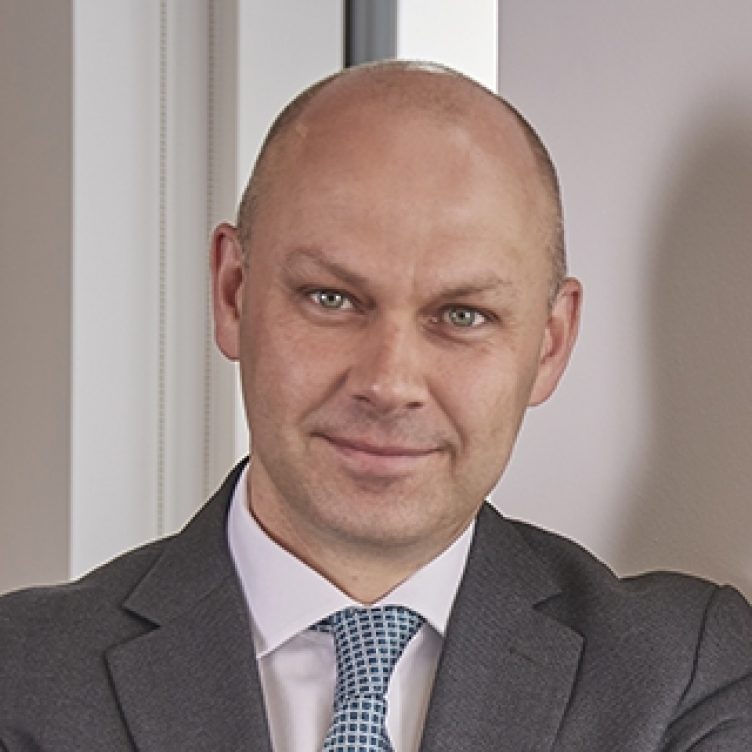The last few decades have seen a steady increase in ‘non-party costs orders’. These are court orders against non-participating people or entities requiring them to pay (either fully or partially) the costs of litigation in which they are not formally involved as parties. This year has proven to be one of flux for such liabilities. In the latest development, an insolvency practice was ordered to pay a proportion of the costs of unsuccessful proceedings brought by one of its partners (as liquidator) by virtue of the practice having provided seed funding to get the case off the ground.
The year had already seen non-party costs order decisions including:
- Third party funders of litigation having potential liability for costs of the winning opponent which were not automatically limited to the amount of the funder’s investment in the litigation. The previously assumed ‘Arkin cap’ to liability was explained as just one approach to the court’s discretion in seeking to achieve a just result. Davey v Money [2019] EWHC 997 (Ch)
- Legal representatives acting for a losing litigant held not liable for the costs of the winning opponent in a situation where it was alleged that the legal representatives were interested in winning the case not just in return for the fees of that particular case, but also because the legal representatives were overdue fees from that losing litigant from a previous case (which, it was alleged, would never be enforced by the legal representatives unless the litigant “came into some cash”). There are strong public policy reasons for not wishing third party costs orders against legal representatives unless they are acting in some way outside the role of legal representative. Willers v Joyce [2019] EWHC 2183 (Ch)
- Family of a losing defendant found liable for the costs of the defendant’s lost litigation. The wife of the defendant was liable for a non-party costs order as the funder of the litigation following a transfer from the defendant to her of $180m. The court took the view that she had an interest in the litigation because her extravagant lifestyle would be threatened by losing the litigation. She was therefore not a “pure funder” – a person deriving no benefit from the litigation. The defendant’s mother-in-law was also liable for a non-party costs order because sums of money, including those used to pay for a small amount of the litigation, had been transferred to her as part of an asset dissipation exercise with which she had been content to assist. Kazakhstan Kagazy v Zhunus [2019] EWHC 2630 (Comm)
- Liability insurers’ non-party costs exposure considered by the Supreme Court. Liability insurers of a losing litigant will often be liable, under the relevant insurance policy, for full costs of lost litigation. However, in situations where full costs are not covered, for there to be a non-party costs order against the insurer the court will need to be persuaded that the insurer is the ‘real party to the litigation’. Where the insurer has involvement in matters outside the scope of the contract (in this case, similar but uninsured cases that were part of a group action joined with the insured cases) the insurer may be subject to non-party costs when there is “unjustified intermeddling” (though that was not the situation in this case). Travellers v XYZ [2019] UKSC 48
The spotlight turned to insolvency practices in Burnden Holdings (in liquidation) and another v Fielding and Fielding [2019] EWHC 2995. Mr H was a partner in insolvency practice G. Mr H was appointed liquidator to company B. The only realisable asset company B had was a potential claim that had been struck out on limitation grounds. In order to appeal that decision and get the claim back on track practice G provided funding for which it would get a return of 2.25 times the amount of its funding if the overall claim was successful. The total provided by practice G was roughly £500,000, though all but roughly £100,000 of this was for security for costs or interim costs awards in favour of the opponent. The strike out was successfully appealed and once that had been achieved third party funding (from funder A) was procured. The claim was eventually lost at trial. Company B was ordered to pay the costs of the action but had no assets, hence the need to look at non-party costs.
In advance of the subsequent hearing on non-party costs, funder A agreed to pay a large proportion of the winning party’s costs. The focus of the judgment was on the liability of practice G for non-party costs, with one particular theme being the distinction between the roles and remuneration of (i) insolvency practitioners, and (ii) their firms:
- Liquidator (Mr H). The judge did not rule on the liability of Mr H but it was noted that prior to the hearing the parties had agreed that Mr H would pay 15% of the defendants’ costs of the action. The remuneration of Mr H would have been 50% of the net recoveries from the litigation. The court did not find it surprising that remuneration was set as a percentage in a situation where the litigation was the only realisable asset of the company in litigation. No suggestion was made by opposing counsel that this level of recovery would justify a liquidator being made liable for the costs of another party in litigation brought by the company in liquidation. It was noted that there is no reported case of such an order being made.
- Insolvency practice (practice G). The appointment of a liquidator is personal to an individual, so the judge rejected practice G being in “control” of proceedings merely by its partner Mr H being appointed liquidator of company B. However practice G was found to be more than a “pure funder” to the extent that practice G had sufficient interest to be considered “a real party” in the proceedings. One factor for this was the x2.25 uplift potential on the funding provided by Practice G. To achieve what it considered a just result on the facts, the court limited the extent of the non-party costs liability of practice G in two ways:
-
- Time period:
Practice G’s adverse costs exposure was limited to the period in which it funded the case. Whilst reasoning that “but for” the Practice G funding, the whole of the rest of the case would not have occurred, the judge did not think that was enough to fix practice G with liabilities for later periods of the case funded by funder A; and - ‘Arkin cap’:
Practice G’s adverse costs exposure was capped at the amount of the its investment in the case. So despite Davey v Money (above), the court found that, on the facts, it was suitable to apply the ‘Arkin cap’ to practice G’s liability for non-party costs. The court highlighted the access to justice balance it had to strike, and factors that influenced this capping included: (i) a potential return on investment, which was a fair reflection of the credit risk, (ii) the funding being for the limited purpose of getting the action back on track, and (iii) the roughly £100,000 of forward-looking costs provided by practice G was less than a tenth of the defendants’ costs claimed for the period practice G funded the case.
- Time period:
Comment
Insolvency practices will no doubt look at the judgment with concern if they have been providing funds to assist with cases in which their partners are liquidators. On the facts of the case the liability of the insolvency practice was limited in two ways but, notwithstanding that, insolvency practitioners might now prefer to look at options other than investment for return as a way of getting cases off the ground. Before any sums from the insolvency practice are deployed other options to consider include (i) using any assets of the company in liquidation (if any) to pay initial legal fees, (ii) getting an early conditional fee agreement or damages based agreement in place with a law firm, (iii) using third party funding, or (iv) insuring the risk.
Any funding provided ought to price in the risk of non-party costs orders. For access to justice reasons among others, it should be hoped that this decision will not deter a number of accountancy practices reportedly looking at launching insolvency and asset tracing funds. But it may give them pause for thought, in particular in the way such funds might be structured to mitigate non-party costs risk.
You can find further information regarding our expertise, experience and team on our Contentious Insolvency and Commercial Litigation pages.
If you require assistance from our team, please contact us or alternatively request a call back from one of our lawyers by submitting this form.
Subscribe – In order to receive our news straight to your inbox, subscribe here. Our newsletters are sent no more than once a month.







